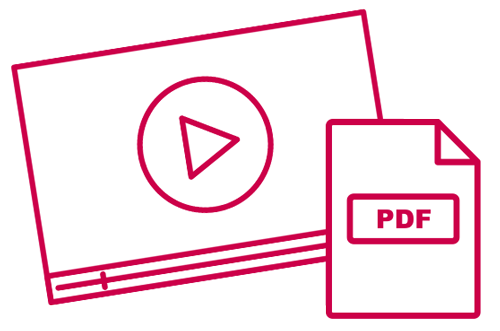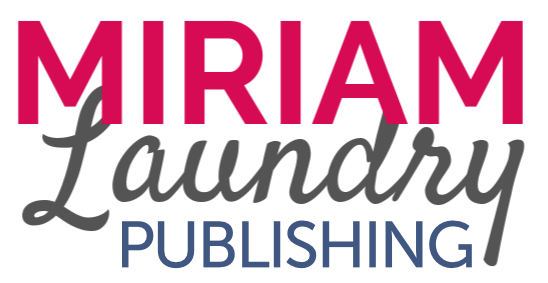What are the different types of publishing? How do you know which one is right for you?
Though the publishing industry is always changing, it's important to stay up to date on how these changes can affect your children's book. Currently, there are three major types of publishing: traditional, self, and hybrid.
The 3 Types of Publishing
Traditional Publishing
If you’re thinking about traditional publishing, you should know that these publishers will likely buy your manuscript up front or pay you a royalty from each sale.Self-Publishing
Self-publishing is exactly what it sounds like: you have control over everything. If you choose to self-publish, you get to choose the editor, illustrator, book designer, and printer.Interested in Writing a Children's Book?

Hybrid Publishing
Hybrid Publishing is one of the lesser known types of publishing. Most new authors are unaware of it.
Hybrid Publishing is best described as a combination between traditional and self-publishing as most hybrid publishers offer you assistance throughout the publishing process for a fee.
However, each hybrid publisher is different. This means that different hybrid publishers will offer you different kinds of help.
For example, my hybrid publishing program, the Publishing Mastermind, helps authors by providing them with a variety of services such as editing services, book design, cover design, and Amazon set-up.
Publishing Mastermind also gives authors the chance to receive professional mentorship and connects them with a network of children's book authors. By the end of the program, my company will publish your book.
Some hybrid publishers, however, might offer other services. At the end of the day, if you choose this type of publishing, make sure you do your research before hiring. Ensure that you’ve picked a reputable publisher that has a genuine interest in you and your story.
The 2 Most Important Questions
Finally, the two most important questions you need to ask yourself while looking for a publisher are, who retains the rights to my book and how much of the profit will I have to share with my publisher?
In Publishing Mastermind, every author keeps 100% of the rights and 100% of the profits.
Picking Between the 3 Types of Publishing: My Honest Advice
Think about what you want.- Do you want to be a part of the creative process, having input on things like the illustrations?
- When do you want your book to come out? Can you afford to wait years for a traditional publisher?
- Would you want to do everything on your own, or have a guide to help you with the decision making process?
- If your book suddenly becomes a big success, who do you want holding the rights to your book?
The decision is yours.
